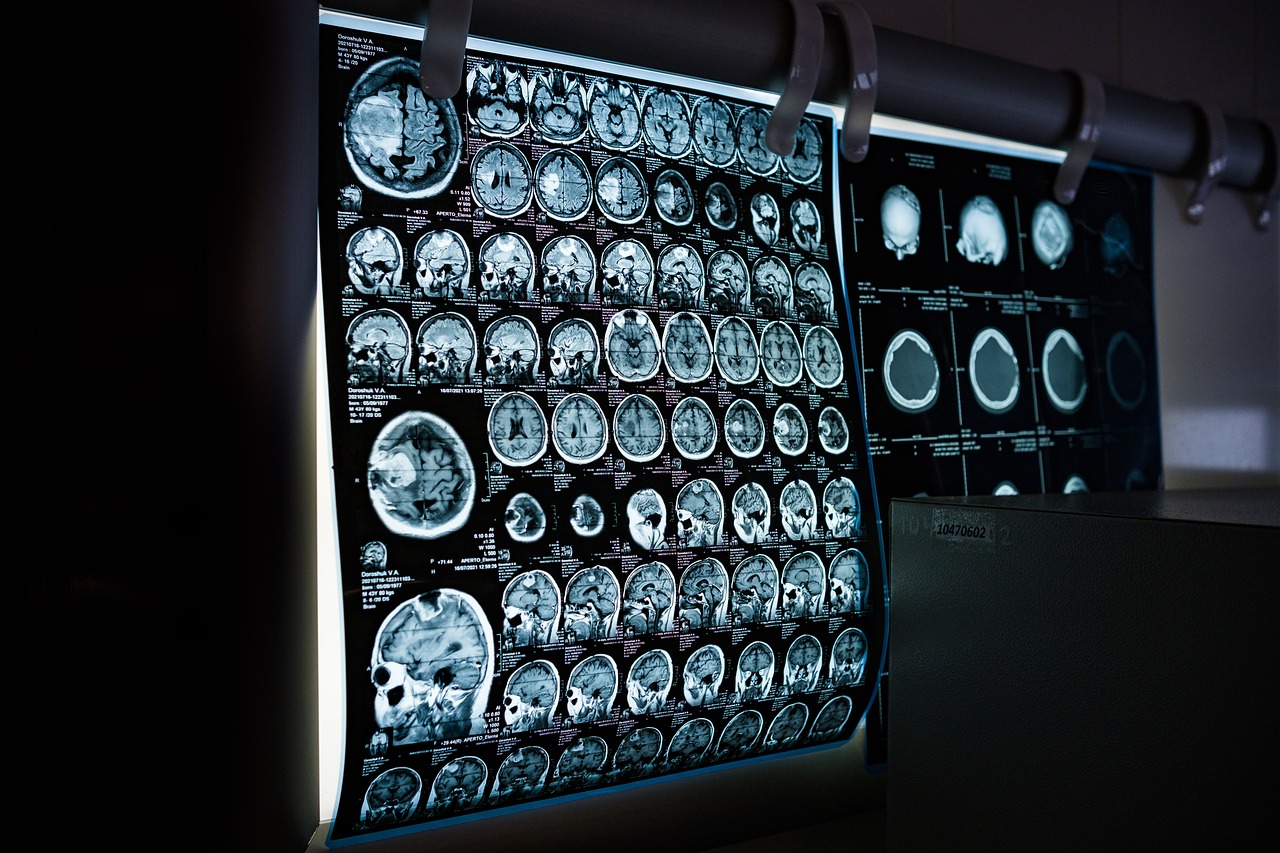Why It Matters
"According to analyses conducted by the Danish Society for Patient Safety, diagnostic errors are not only common, but they also have major consequences for patients and the health care system’s finances."

Photo by Dmitriy Gutarev | Pixabay
Internationally, there is a growing awareness on diagnostic errors as a major – and too often overlooked – patient safety problem. According to analyses conducted by the Danish Society for Patient Safety, diagnostic errors are not only common, but they also have major consequences for patients and the health care system’s finances. Our hope is that raising awareness of the diagnostic process and possible vulnerabilities can help improve patient safety.
Let us first define the scope of our analysis. To better understand the process and its potential for harm, we looked at diagnostics over the course of the entire patient journey. The first step is getting access to the health care system. The initial diagnostic assessment then includes the patient history, physical exam, evaluation of the patient’s chief complaint and symptoms, forming a differential diagnosis, and ordering of diagnostic tests. In the testing phase, there is the performance of the tests, interpretation of the results, and communication of the test results. When appropriate, there is then physician follow-up, referrals, consults, and other communication between health professionals, and the subsequent follow-up between the patient and health care system.
For patients to receive the right treatment and care in the health care system, timely and correct diagnosis is a prerequisite. A diagnosis that is overlooked, delayed, or incorrect can have serious consequences for patients and their families. In the worst scenarios, this can include an inability to work, impairment, or death. Therefore, improving the safety and reliability of the diagnostic process has great potential benefits on the individual, social, societal, and economic levels.
Learn more about Patient Safety at the IHI Forum
In Denmark, instead of having to go to court to get compensation for being injured in the health care system, patients can apply free of charge to a public authority to receive compensation. In 2019, the Danish Society for Patient Safety and the Danish Patient Compensation Association (whose purpose is to evaluate compensation claims in accordance with Danish Patient Compensation Act) published the report “Improving Diagnosis in Danish Healthcare,” which exposed the high frequency of diagnostic errors occurring in Denmark. The report found that in the 10-year period between 2009 and 2018, 2.25 billion DKK (approximately $ 318 million USD) had been paid in compensation to patients injured because of diagnostic errors in the Danish health care system.
Denmark’s population is about 5.8 million people. In this 10-year period, the Danish Patient Compensation Association has settled a total of 13,000 cases involving a diagnostic error, of which 7,600 have been recognized. These are serious cases. Death due to diagnostic error is almost twice as common for diagnostic error than for other recognized treatment injuries. Over 8 percent of recognized cases with diagnostic errors have resulted directly in the patient’s death. We selected 213 cases for further analysis. In 80 percent of the analyzed cases, a contributing factor to the diagnostic error could be found during the initial clinical assessment.
(Source: Danish Society for Patient Safety) A qualitative analysis tool to identify the phase in the diagnostic process in which errors occurred was adapted from one in CRICO’s 2014 Annual Benchmarking Report: Malpractice Risks in the Diagnostic Process.
The Danish Patient Compensation Association’s data do not reflect all diagnostic errors in Denmark, and it is reasonable to assume that diagnostic errors are underreported because not everyone with a compensable injury files a claim. The findings of the first report made us eager to learn more. In June of 2023 we published a new analysis — this time of adverse events — to investigate whether this type of case can help identify weaknesses in the diagnostic process.
The Danish Patient Safety Authority annually collects more than 200,000 reports of patient safety events by health care workers and patients through a compulsory, non-punitive reporting system. Reports are registered in the Danish Patient Safety Database. The database, however, does not indicate whether an adverse event was diagnosis related. Each case was evaluated to determine if it was related to the diagnostic process.
We examined three different samples of adverse events. One sample included only severe and fatal events and two samples included all degrees of severity from no harm to mild, moderate, severe, and fatal. We found that approximately one third of all severe and fatal events reported were related to the diagnostic process. Additionally, we determined that there are at least as many diagnosis- as medication-related events among the severe and fatal events. As we found during the research for our first report, our analysis again indicated that, in severe and fatal diagnosis-related events, errors often occurred during the clinical assessment of the patient.
When we looked at samples with all degrees of harm (including many with mild or no harm), we could pinpoint other weaknesses in the diagnostic process. Many events, for example, related to logistics, communication, and missing follow up on test results and referrals.
The Danish Society for Patient Safety have now established a national network to address the problem of diagnostic error and raise awareness of this important patient safety issue. There is no doubt that this matter deserves more attention and more systematic collection of data to the benefit patients, their relatives, health care workers, and the finances of the health care system.
Charlotte Frendved is Communications Advisor for the Danish Society for Patient Safety. Siri Tribler, MD, PhD, is a consultant for the Danish Society for Patient Safety.
You may also be interested in:
English Summary: Improving Diagnosis in Danish Healthcare 2 (2023)
English Summary: Improving Diagnoses in Danish Healthcare (2019)
